
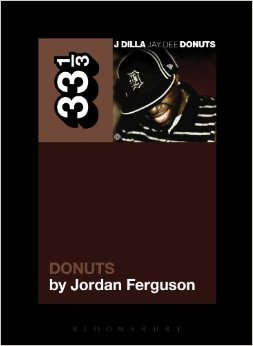
33 1/3′s classic album series of books attempts to deconstruct each LP by talking to the parties involved in its creation. Following books based on DJ Shadow’s Endtroducing and Nas’ Illmatic, their next subjects will be J. Dilla’s Donuts, Kanye West’s My Beautiful Dark Twisted Fantasy, and Danger Mouse’s The Grey Album. Check out descriptions and covers for each below.

J Dilla – Donuts – April 24th, 2014
From a Los Angeles hospital bed, equipped with little more than a laptop and a stack of records, James “J Dilla” Yancey crafted a set of tracks that would forever change the way beatmakers viewed their artform. The songs on Donuts are not hip hop music as “hip hop music” is typically defined; they careen and crash into each other, in one moment noisy and abrasive, gorgeous and heartbreaking the next. The samples and melodies tell the story of a man coming to terms with his declining health, a final love letter to the family and friends he was leaving behind. As a prolific producer with a voracious appetite for the history and mechanics of the music he loved, J Dilla knew the records that went into constructing Donuts inside and out. He could have taken them all and made a much different, more accessible album. If the widely accepted view is that his final work is a record about dying, the question becomes why did he make this record about dying?
Drawing from philosophy, critical theory and musicology, as well as Dilla’s own musical catalogue, Jordan Ferguson shows that the contradictory, irascible and confrontational music found on Donuts is as much a result of an artist’s declining health as it is an example of what scholars call “late style,” placing the album in a musical tradition that stretches back centuries.
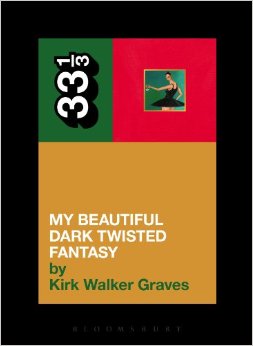
Kanye West - My Beautiful Dark Twisted Fantasy - June 5, 2014
In the first decade of the twenty-first century, Kanye West created the most compelling body of pop music by an American artist during the period. Rising from obscurity as a precocious producer through the ranks of Jay Z’s Roc-A-Fella records, by the time he released My Beautiful Dark Twisted Fantasy in late 2010, West had evolved into a master collagist, an alchemist capable of transfiguring semi-obscure soul samples and indelible beats into a brash and vulnerable new art form.
A look at the arc of his career – from the heady chipmunk soul exuberance of The College Dropout (2004) to the operatic narcissism of My Beautiful Dark Twisted Fantasy (2010) – tells us about the march of pop music into the twenty-first century and, by extension, the contradictions that define our cultural epoch. In a cloud-based and on-demand culture – a place of increasing virtualization, loneliness, and hyper-connectivity – West straddles this critical moment as what David Samuels of The Atlantic calls “the first true genius of the iPhone era, the Mozart of contemporary American music.” Swallowing the chaos wrought by his public persona and digesting it as a grandiose allegory of self-redemption, Kanye uses his narcissism to paint masterstroke after masterstroke on MBDTF, a 69-minute hymn to egotistical excess. With astonishing soundscapes comprising a host of familiar voices (MBDTF includes samples and interpolations of King Crimson, Manfred Mann’s Earth Band, Rick James, Black Sabbath, Aphex Twin, and many others), no other artist has so deftly curated conversations between pop music’s past and future – very much a story of our culture’s wish for unfettered digital ubiquity – and no album tells this story with more decadent artistry and surrealist gusto than My Beautiful Dark Twisted Fantasy.
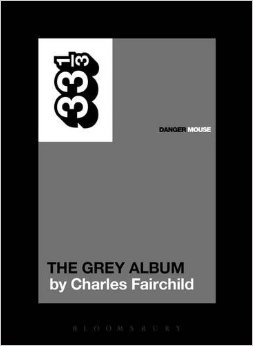
Danger Mouse – The Grey Album - Sept. 11, 2014
This book marks the tenth anniversary of The Grey Album. The online release and circulation of what Danger Mouse called his ‘art project’ was an unexpected watershed in the turn-of-the-century brawls over digital creative practice. The album’s suppression inspired widespread digital civil disobedience and brought a series of contests and conflicts over creative autonomy in the online world to mainstream awareness. The Grey Album highlighted, by its very form, the profound changes wrought by the new technology and represented the struggle over the tectonic shifts in the production, distribution and consumption of music. But this is not why it matters.
The Grey Album matters because it is more than just a clever, if legally ambiguous, amalgam. It is an important and compelling case study about the status of the album as a cultural form in an era when the album appears to be losing its coherence and power. Perhaps most importantly, The Grey Album matters because it changes how we think about the traditions of musical practice of which it is a part.
Danger Mouse created a broad, inventive commentary on forms of musical creativity that have defined all kinds of music for centuries: borrowing, appropriation, homage, derivation, allusion and quotation. The struggle over this album wasn’t just about who gets to use new technology and how. The battle over The Grey Album struck at the heart of the very legitimacy of a long recognised and valued form of musical expression: the interpretation of the work of one artist by another.
Each book is up for preorder now via Amazon.com.
Comments
No Comments
Leave a reply
- Raekwon Sets A Release Date For “F.I.L.A.” Album
- BUSH: A Snoop Odyssey Produced By Pharrell Williams [Preview]
- Drake – “If You’re Reading This It’s Too Late” Surprise Album on iTunes Now
- Action Bronson “Mr. Wonderful” Cover Art and Tracklist
- Juicy J “Blue Dream & Lean 2″ Mixtape Cover Art & Release Date Revealed
- MF Grimm “MF Love Songs” Cover Art + Tracklist
- Lord Hakim – “Brass Knucklez” (feat. Vast Aire & Phizz Ed)
- IAMSU! – “Hella Good” (feat. Tyga)
- DJ Kay Slay – “I Declare War” (feat. Styles P, Sheek Louch, Vado, Raekwon, & Rell)
- Maverick Sabre – “We Don’t Wanna Be” (feat. Joey Bada$$)
- Cannibal Ox – “Blade: Art of Ox” (feat. Artifacts & U-God; prod. Black Milk)
- Asher Roth – “Blow Your Head” (prod. Nottz)
- It's Time To Say Goodbye...
Commented on by Yungplex - It's Time To Say Goodbye...
Commented on by geedubbleyoo - Fat Trel - "In My Bag" (feat. Wale)
Commented on by Katae - Kanye West's "Runaway": What Does It All Mean?
Commented on by fidgar - Sole Vs. El-P: Part One - Sole
Commented on by Reno Yakavetta - It's Time To Say Goodbye...
Commented on by Atom

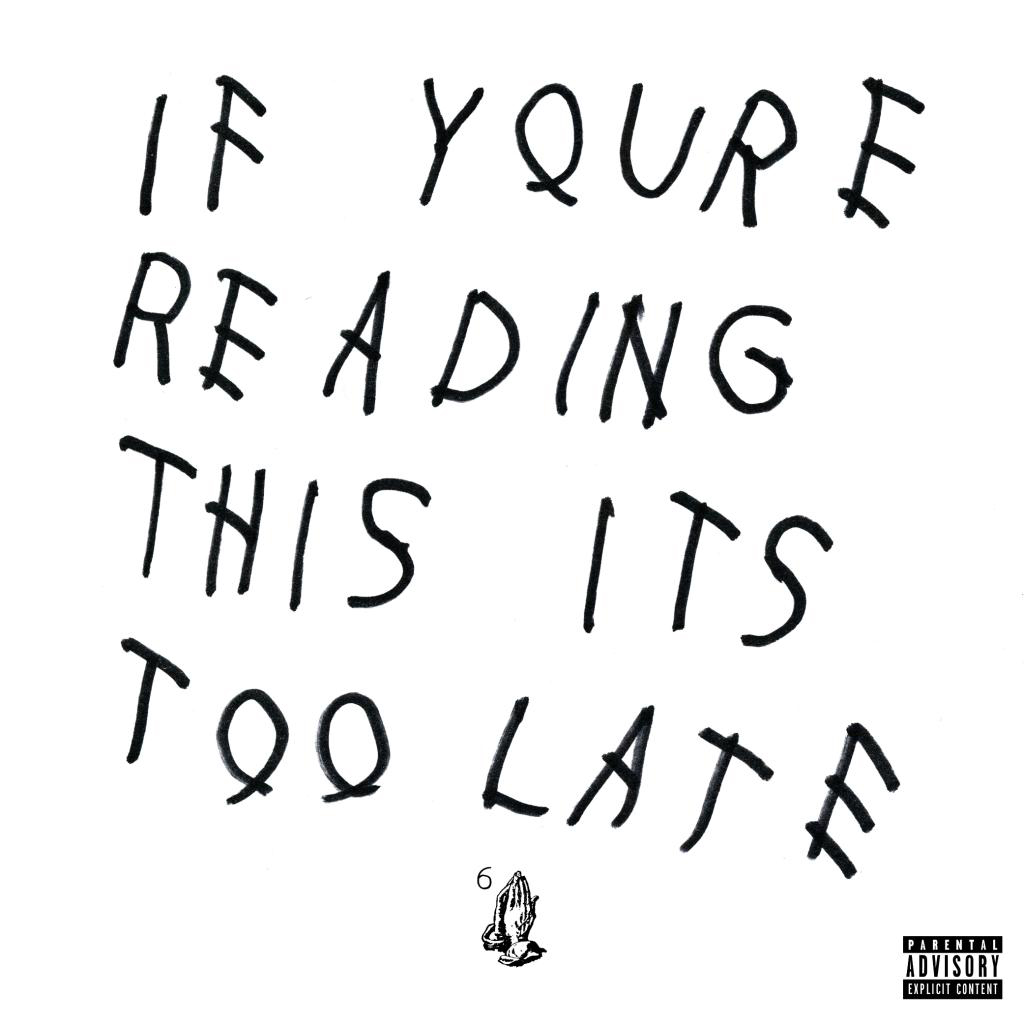
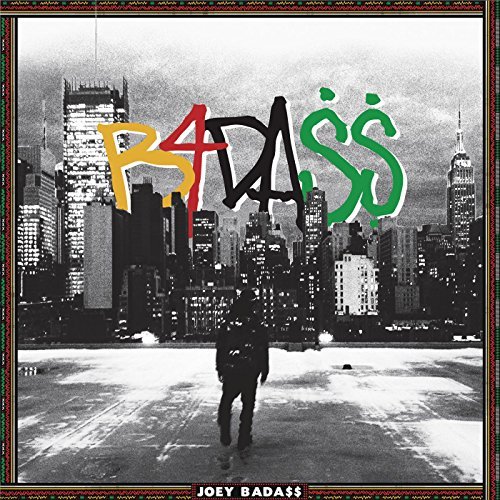
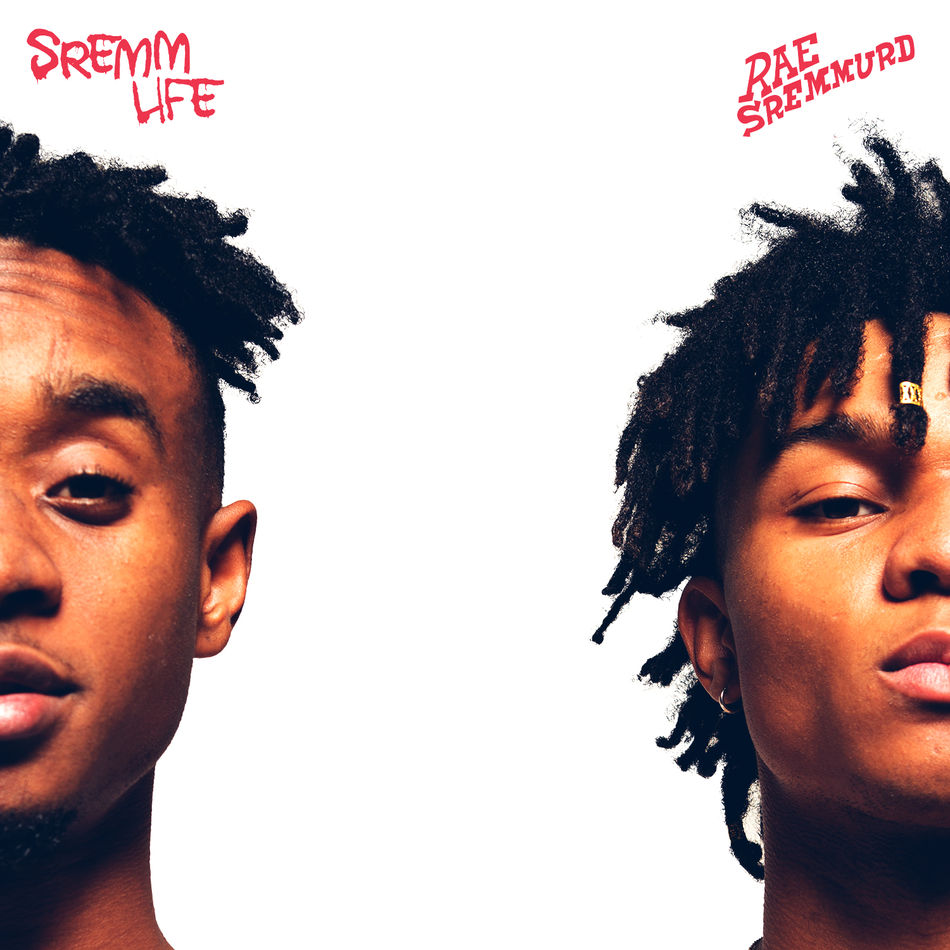
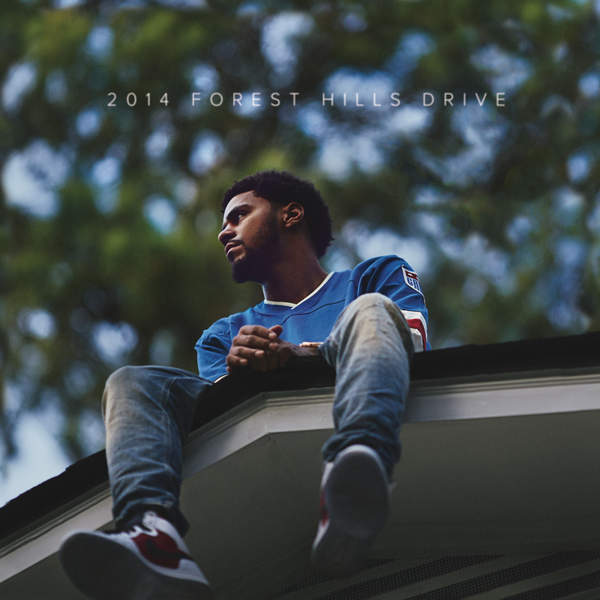




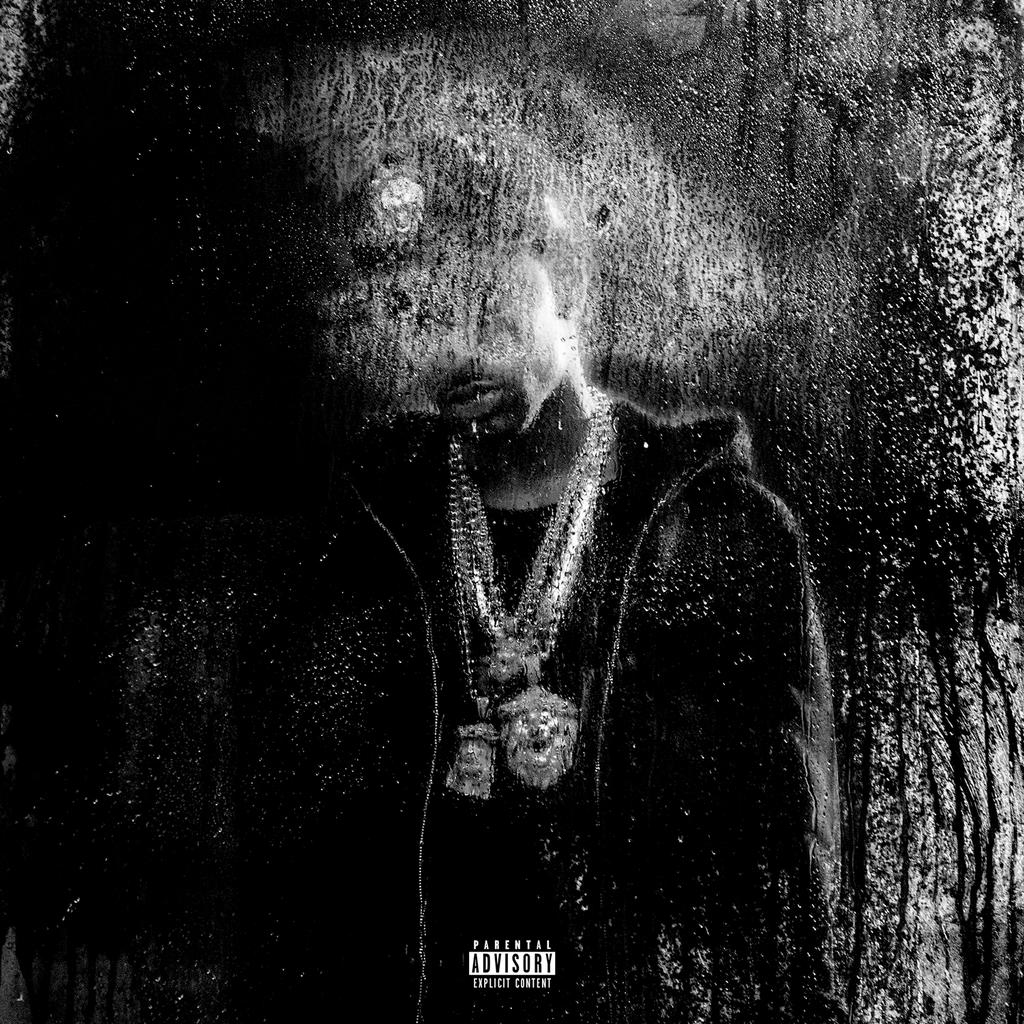


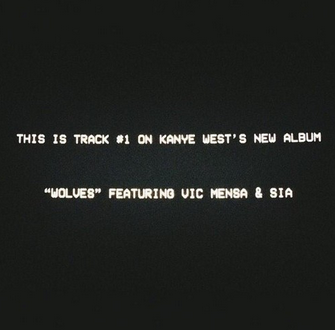

 Mixtape D.L.
Mixtape D.L.
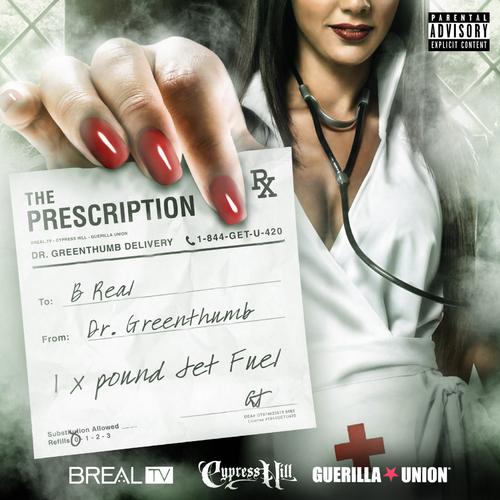
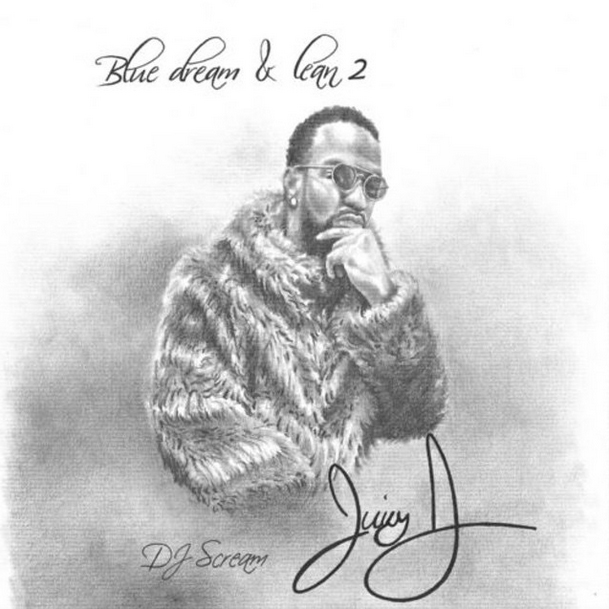
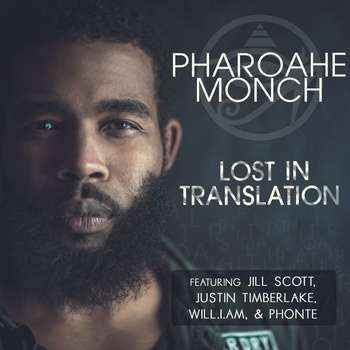

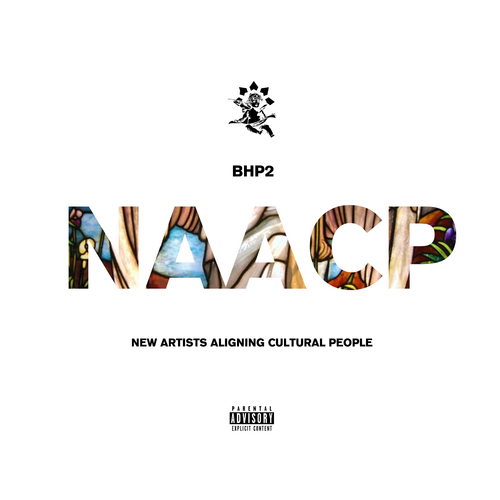
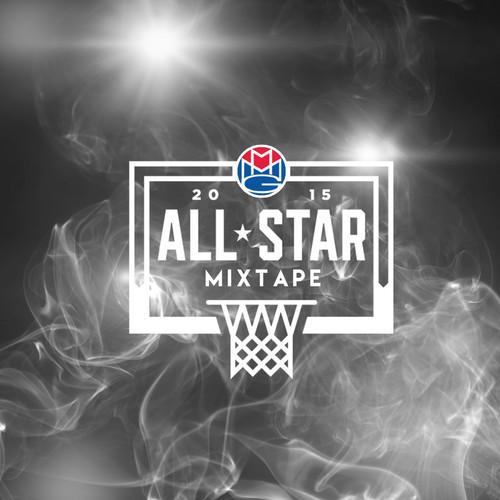
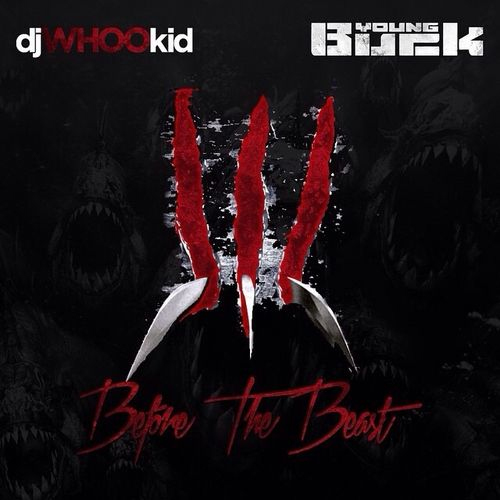
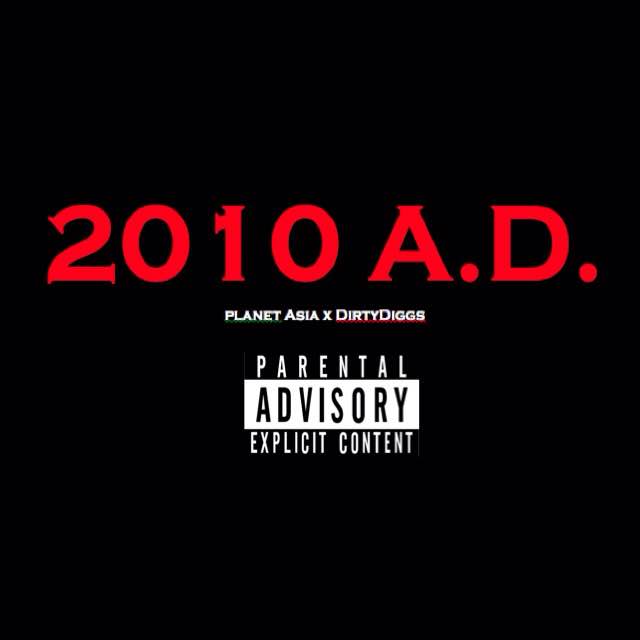
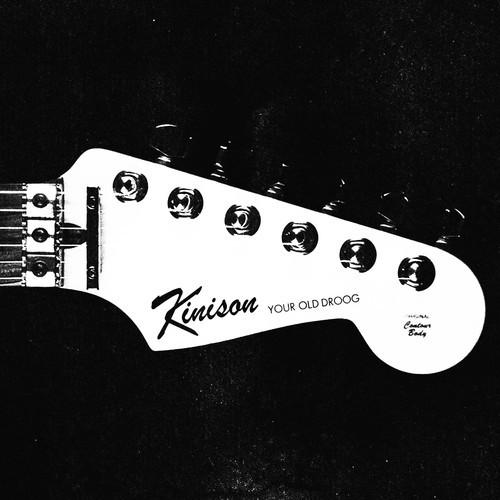
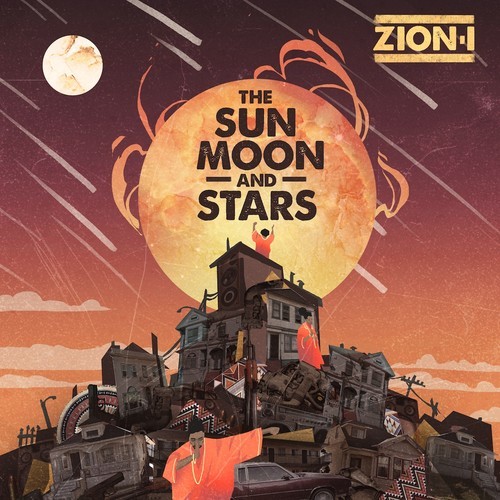

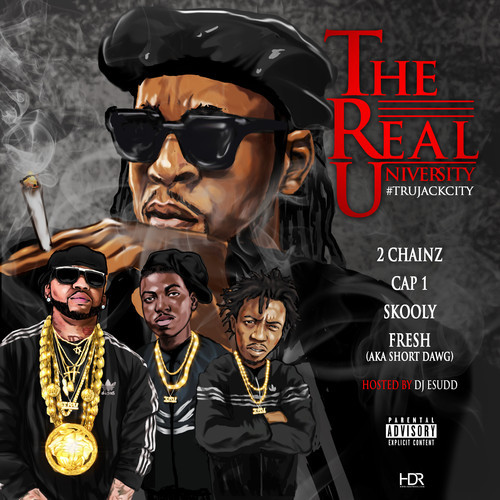
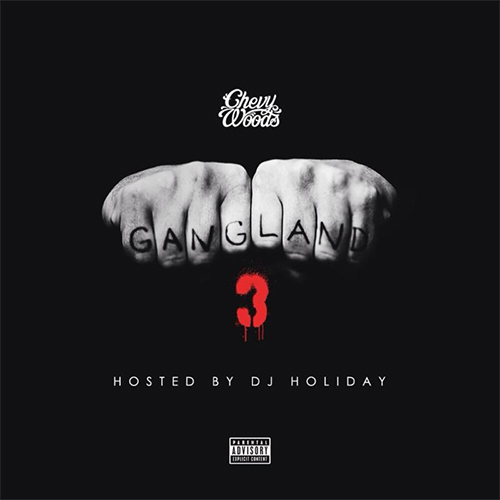
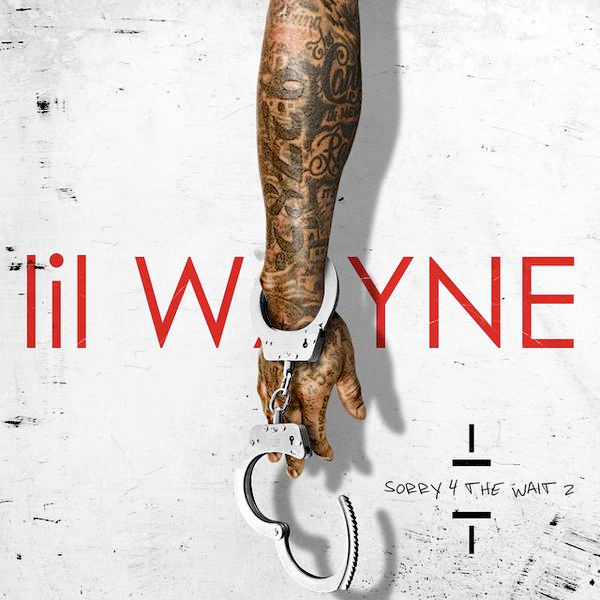
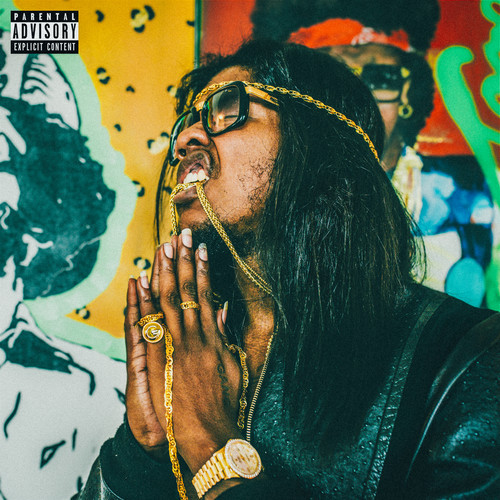





4 February, 2014@2:08 pm
0 comments